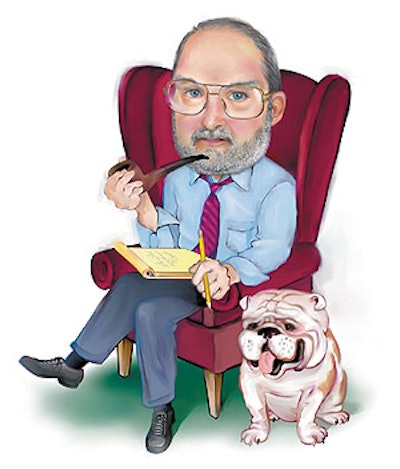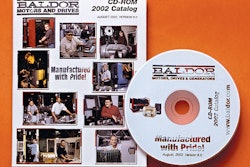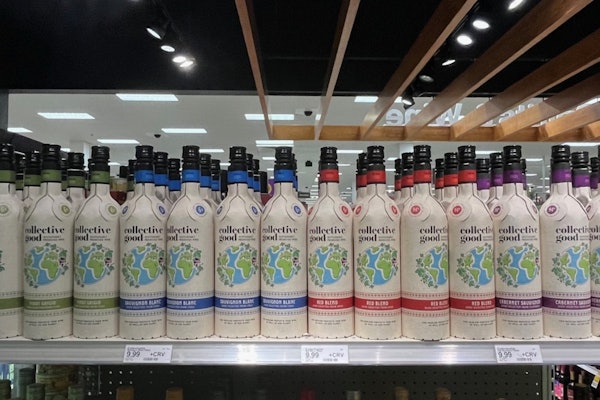The controversy centers around the image of a boy playing Indian and shooting an arrow at a star, just one of a series of images printed on the paper wrapper.
The issue surfaced when an investment company, Calvert Asset Management Co., contacted Tootsie Roll Industries and asked that the image be removed or changed because the company felt it was objectionable. Calvert, based in Bethesda, MD, manages a number of funds, including one that owns shares in Tootsie Roll Industries. Initially, Calvert asked the company to change the image, and then asked the company to put the issue to a vote at the company’s annual meeting.
The company refused to budge, saying the matter related to the company’s “ordinary business” rather than one to be addressed by stockholders. And the Securities and Exchange Commission declined to intervene. Later, Tootsie Roll Industries removed a page on its Web site that related a mythical story of how an Indian chief provided the inspiration for the Tootsie Pop.
Much like news coverage in the Chicago business community, I first regarded the issue as simple hyper-sensitivity, although some in the Native American community publicly supported Calvert’s efforts. For its part, Tootsie Roll Industries’ management declined to comment, simply saying its package imagery was “responsible and received favorably” by most customers. When I contacted the company, I was asked to put my questions in writing. They were sent twice, without any response. Many phone calls went unreturned.
Meanwhile, I called Nikki Daruwala, a social analyst at Calvert. “We have investment guidelines on a variety of different issues,” she said. Three years ago, Calvert began a process that led to a new policy for the rights of indigenous peoples like Native Americans. Calvert sent the wrapper and legend to several American Indian organizations that provide counsel.
“On the wrappers, the company uses images of children at play, and we don’t have an issue with that,” Daruwala said. “However, this is the only image that denotes ethnicity.” What’s objectionable is that, in a religious context, a child cannot be considered a chief. “That’s an accomplishment even few adults can attain. Perhaps even more important, it’s against the religious mythology of some tribes to point an arrow at the stars because the stars represent ancestors,” she said. Even the name of the legendary chief on the Web site, Chief Shooting Star, was found to be offensive.
Calvert encouraged the American Indian organizations to meet with Tootsie Roll officials, she said. Two meetings occurred, but the company resisted any change. “We were disappointed with the SEC decision, but we’re going through our diligence process in a methodical way,” Daruwala said.
“This process has been used many times before, and usually very successfully,” she added. This is the first time that Calvert has objected to packaging graphics, and the partial victory on the Legend page on the Web site has “not satisfied” Calvert nor the Indian organizations.
Daruwala said Calvert has received support from the Interfaith Center on Corporate Responsibility, a group of more than 100 religious institutional investors. Given the number of label changes other manufacturers are forced to make, I don’t understand Tootsie Roll’s reticence.
See an archive of Arnie Orloski's Pipeline columns at www.packworld.com/pipeline. Arnie can be reached at [email protected]


























